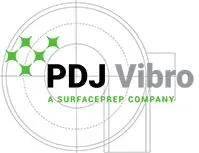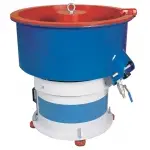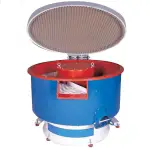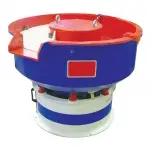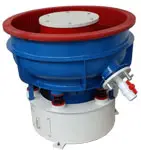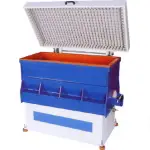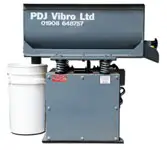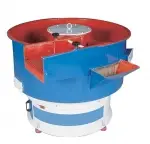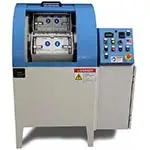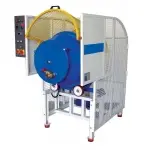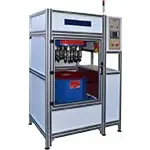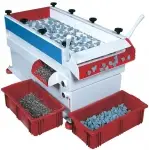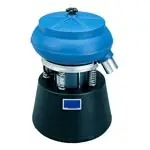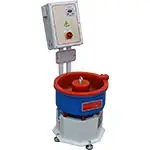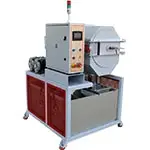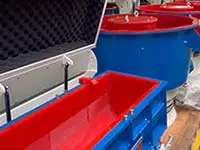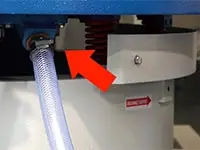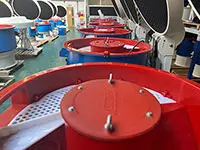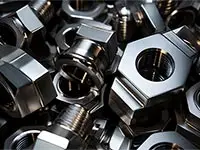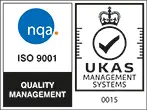Vibratory Finishing Machines and Equipment
Our showroom holds over 120 vibratory finishing machines. From the moment you contact us you will receive excellent care and technical advice on the best machine for your component finishing.
Mass finishing systems have a broad range of finishing applications, with the specific goals varying depending on the intended outcome. The applications encompass a wide array of activities aimed at achieving desired results. These applications include deburring, which involves the removal of rough edges and burrs left on a surface after machining. Additionally, mass finishing systems are employed for the removal of machining lines, which helps to create a smoother surface finish.
Surface defects can also be effectively eliminated through the use of mass finishing systems. These defects may include uneven surfaces, scratches, or imperfections that need to be rectified. Furthermore, these systems are capable of descaling, which involves the removal of rust, scale, or oxide layers from metal surfaces. Degreasing and oil removal are additional applications undertaken by mass finishing systems, as they help to eliminate grease, oil, and other contaminants from workpieces.
Mass finishing systems are also used for cleaning purposes. Vibratory cleaning involves removing dirt, dust, and other foreign particles that may have accumulated on the surface during the production process. The smoothing process, on the other hand, is utilised to achieve a more refined and even surface texture.
Radiusing is another application of mass finishing systems, where sharp edges and corners are rounded off to create a smooth and visually appealing appearance. Brightening is also achieved using these systems, which involves enhancing the surface luster and brightness of the workpiece. The polishing and burnishing applications help in attaining a glossy, reflective surface finish. Lastly, superfinishing is performed to achieve an exceptionally smooth and high-quality finish, often using fine abrasives or polishing compounds.
The various finishing applications of mass finishing systems encompass deburring, removal of machining lines, elimination of surface defects, descaling, degreasing and oil removal, cleaning, smoothing, radiusing, brightening, polishing and burnishing, as well as super-finishing.
What is Vibratory Finishing?
Vibratory finishing is a mass finishing process used to polish, deburr, clean, and refine the surfaces of components. This process involves placing parts in a vibratory chamber along with abrasive media, where mechanical vibrations cause the media and parts to rub against each other. This motion gradually removes imperfections like burrs, flash, or rough edges, leaving a smooth and polished surface.
It is commonly used for various applications, including deburring, radiusing, deflashing, and rust removal. The process can be applied to both fragile and robust parts and offers consistent results, making it ideal for finishing large batches of components efficiently.
Vibratory finishing is a versatile and cost-effective alternative to manual finishing processes, as it reduces human error and can operate continuously, allowing for higher capacity and uniform quality. Machines used for this process range from vibratory bowls to centrifugal and barrel finishers, each suited to different types of components and finishing requirements

